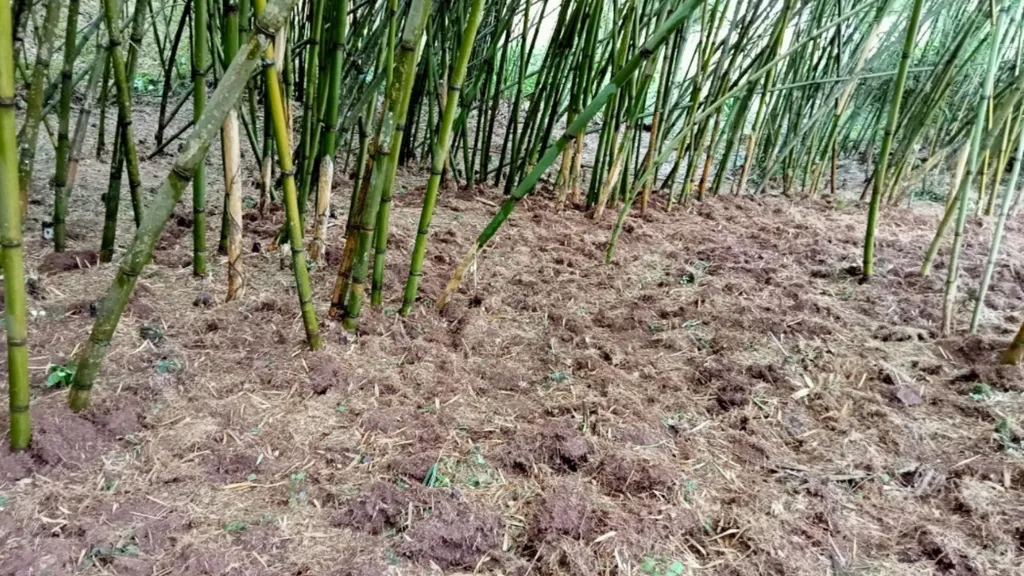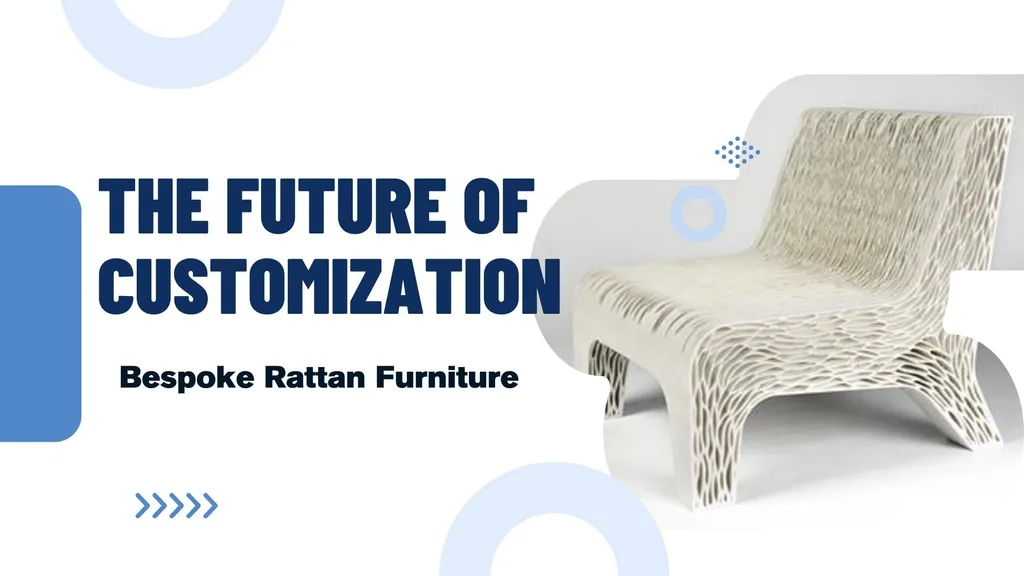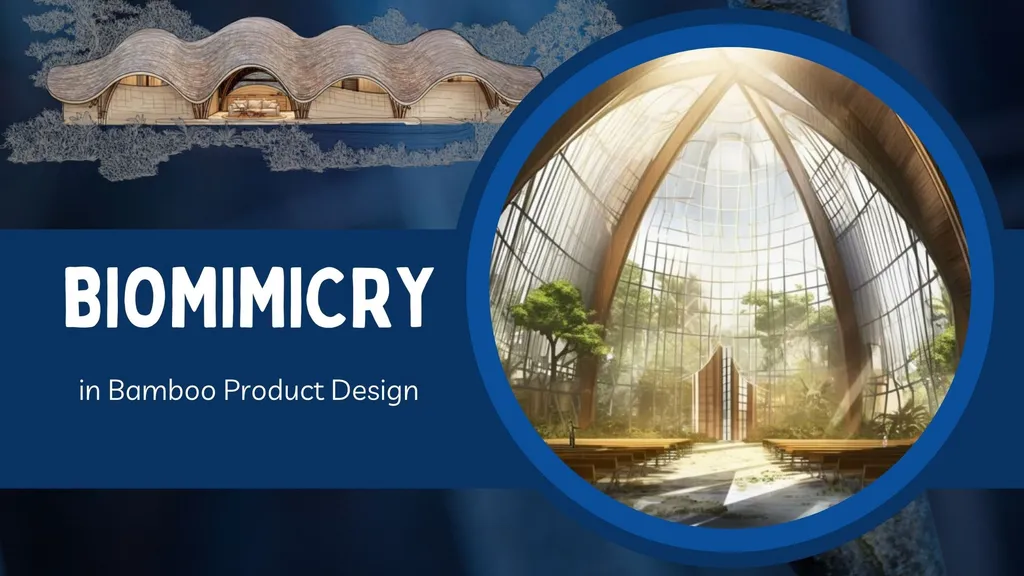Contents

As climate change disrupts ecosystems and alters weather patterns, bamboo emerges as a resilient, sustainable solution for agriculture. Its rapid growth, ecological benefits, and adaptability make it a powerful ally in building climate resilience. This blog explores how bamboo cultivation can thrive in challenging conditions, offering environmental, economic, and social benefits for sustainable farming.
Bamboo: A Climate-Smart Crop
Bamboo is more than a plant—it’s an ecosystem engineer. With growth rates of up to 35 inches per day, bamboo sequesters up to 12 tons of CO₂ per hectare annually, outpacing many traditional crops. Its extensive root systems stabilize soil, prevent erosion, and enhance fertility, making it ideal for degraded lands. Bamboo also conserves water, requiring less than conventional crops, and supports biodiversity by providing habitats for wildlife.
Carbon Sequestration Powerhouse
Bamboo’s carbon sequestration potential is remarkable. Species like Moso bamboo store carbon in both aboveground biomass and soil, capturing up to 4.9 Mg C ha⁻¹ a⁻¹. Its rapid growth and high biomass turnover make it a faster carbon sink than traditional timber. By integrating bamboo into frameworks like REDD+, farmers can earn carbon credits, aligning environmental and economic goals.
Adapting to Climate Variability
Bamboo thrives in diverse conditions, from arid regions to flood-prone areas. Its deep roots anchor soil and improve nutrient profiles, while its regenerative ability ensures consistent yields despite adverse weather. Flexible cultivation practices, like selective harvesting and intercropping, enhance bamboo’s resilience, making it a cornerstone of climate-smart agriculture.
Sustainable Cultivation Practices
To maximize bamboo’s potential, innovative farming techniques are key:
Soil Management: Regular soil testing and organic mulching optimize nutrient levels and moisture retention, boosting growth and resilience.
Water Conservation: Deep root systems and contour planting reduce water needs and prevent runoff, supporting sustainable land management.
Integrated Pest Management (IPM): Biological controls and companion planting minimize chemical use, fostering ecological balance.
Bamboo vs. Traditional Crops
Compared to traditional timber and crops, bamboo excels in adaptability and cost-effectiveness. It matures in 3-5 years, requires fewer inputs, and offers diverse applications—from construction to textiles. Its ability to restore ecosystems and generate income through carbon offsets and versatile products makes it a sustainable, profitable choice.
Community and Economic Benefits
Bamboo cultivation empowers communities by creating jobs and diversifying income streams. Cooperatives enable resource sharing and market access, while local knowledge enhances sustainable practices. From crafts to bioenergy, bamboo supports rural economies and aligns with sustainable development goals.
Future Directions
Innovations in bamboo farming, such as genetic research and advanced water management, will further enhance its climate resilience. However, challenges like temperature shifts and pest pressures require proactive strategies, including resistant strains and adaptive irrigation. Continued research and policy support will solidify bamboo’s role in sustainable agriculture.
Bamboo’s rapid growth, ecological benefits, and adaptability position it as a vital tool for climate resilience. By adopting sustainable cultivation practices, communities can harness bamboo’s potential to restore ecosystems, boost economies, and combat climate change. At Ethical Handicraft Manufacturer (EHM), we embrace bamboo’s versatility to craft sustainable, eco-friendly products, contributing to a greener future.





